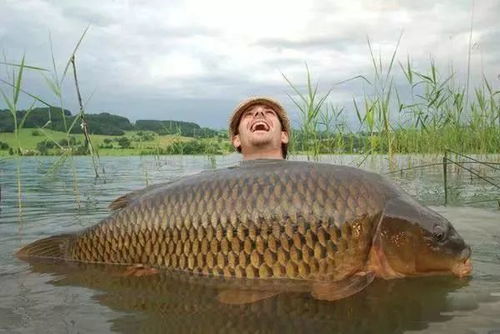Content:
In the world of angling, the use of artificial fish, or lures, has become an indispensable tool for anglers seeking to outsmart even the most elusive fish. Among the myriad of techniques available, the art of hooking artificial fish is a skill that can significantly enhance your chances of landing a big catch. Here, we delve into the world of仿真鱼挂钩钓鱼技巧, offering expert advice to help you become a more proficient angler.
Understanding the Basics of Artificial Fish
Before we dive into the specifics of hooking techniques, it's crucial to understand the basics of artificial fish. These lures are designed to mimic the appearance, movement, and behavior of real fish, enticing predators to strike. Common types of artificial fish include spinners, plugs, and soft plastics, each with its unique characteristics and applications.
Choosing the Right Hook

The choice of hook is the foundation of successful artificial fishing. The size, shape, and material of the hook should be selected based on the type of fish you're targeting and the specific lure you're using. Here are some general guidelines:
- Size: Hooks should be large enough to prevent the fish from easily spitting them out but small enough to allow the lure to move naturally.
- Shape: J hooks are the most common for artificial fishing, as they effectively hold the lure in place and prevent it from sliding off.
- Material: Stainless steel is a durable and corrosion-resistant material that is suitable for most freshwater and saltwater environments.
The Hooking Process
Once you've selected the appropriate hook, it's time to learn the art of hooking artificial fish. Here are the steps to follow:
Preparation: Begin by threading the hook through the lure's mouth or eye. Ensure that the hook is securely in place and that the lure's movement is not restricted.
Hook Positioning: Depending on the type of lure, you may need to position the hook differently. For example, with a spinner, you would typically hook it through the center of the blade. With a plug, you might hook it through the back or tail. With soft plastics, the hook can be inserted through the mouth or eyes, or you can use a treble hook to create a more natural presentation.
Securing the Lure: Once the hook is in place, ensure that the lure is securely attached to the line. This is especially important for soft plastics, which can sometimes come loose if not properly attached.
Adjusting the Lure: Make sure the lure moves naturally in the water. Adjust the hook and the position of the lure if necessary to achieve the desired action.
Advanced Techniques
For those looking to take their artificial fishing to the next level, here are some advanced hooking techniques:
- Texas Rig: For soft plastics, this technique involves inserting the hook through the middle of the lure and then threading the line through the back hook eye. This creates a natural swimming action and allows the lure to wobble as it moves through the water.
- Carolina Rig: Similar to the Texas rig, but with a heavier weight, this technique is ideal for covering more ground and targeting fish in deeper waters.
- Drop Shot: This technique involves attaching a small weight to the line and then threading the lure onto the hook. The weight allows the lure to sink to a specific depth, while the natural movement of the lure entices fish to strike.
Conclusion
Mastering the art of hooking artificial fish is a skill that requires practice and patience. By understanding the basics, choosing the right hook, and utilizing advanced techniques, you can significantly improve your chances of landing that big catch. Whether you're a seasoned angler or just starting out, the world of artificial fishing offers endless possibilities for fun and success on the water.












